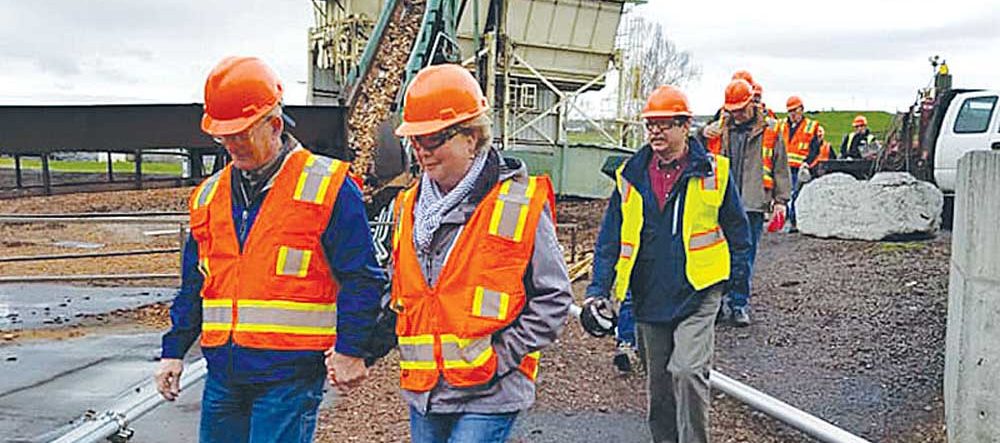Oregon poplar acreage headed for auction
Published 5:15 am Monday, November 4, 2019

- Greenwood Resources, an investment company that owns and manages forestland, is selling off the final 12 parcels of what was once part of a much larger 31,000-acre poplar operation in Oregon and Washington.
PORTLAND — More than 3,000 acres of farmland along the Columbia River in Oregon will be auctioned off as a timber investment firm discontinues growing poplar trees.
Greenwood Resources, an investment company that owns and manages forestland, is selling off the final 12 parcels of what was once part of a much larger 31,000-acre poplar operation in Oregon and Washington.
“This was the last asset in this investment,” said John Rosenthal, president of Realty Marketing/Northwest, a real estate company that’s handling the auction.
The minimum bid for the all the Columbia County properties combined is nearly $8 million, but potential buyers may also bid on individual parcels ranging in price from about $100,000 to $2.6 million each. Sealed bids are due by Nov. 13.
Roughly 2,000 acres still have poplar trees growing on them, more than 500 acres are fallow farmland and the remaining acreage is considered “non-commercial” land that can be dedicated to wildlife habitat and recreation.
Nearly 1,400 acres have water rights for irrigation and the parcels are located near the Port Westward Industrial Park, Rosenthal said.
“It’s an interesting collection,” he said. “It’s an unusual asset.”
Representatives of Greenwood Resources did not respond to request for comment, but timber industry experts say the company’s withdrawal from poplar production was likely motivated by the tough economics of growing pulpwood for a U.S. paper industry facing stiff international competition.
The low profit margins of producing poplar probably weren’t enough to justify growing the trees on irrigated land in a desirable climate, said Gordon Culbertson, director of international business for the Forest2Market timber industry consulting firm.
“I think the owners of the timber came to the conclusion it was more valuable as ag land,” he said.
Poplar plantations arose in the aftermath of steep logging declines on federal land in the Northwest, when paper companies worried about acquiring sufficient wood chips to run their plants, Culbertson said.
However, the anticipated wood chip shortage never materialized, he said.
Using the trees as biomass for energy production also encountered economic problems, since such feedstocks must necessarily be inexpensive, said Richard Zabel, executive director of the Western Forestry and Conservation Association.
“The price they’re paying for biomass is so low, it’s not worth the time and expense to harvest your trees,” he said.
Since transporting cheap wood chips over long distances is financially unfeasible, pulpwood producers are dependent on the fortunes and demand of nearby mills, Zabel said.
“You need someone close by who’s going to buy it,” he said. “That’s always been the weak link. You just can’t afford to haul it very far.”
The economic problem becomes worse during downturns in the market, and the U.S. paper industry faces strong headwinds, said Todd Hansen, fuel procurement manager for the Biomass One energy company.
“For years, the pulp and paper business has been shrinking across the U.S., he said. “Other places produce it cheaper.”
Efforts to grow poplars to a larger size so they could be milled for hardwood furniture were complicated by competition from alder trees, which are highly valued in the furniture industry, Zabel said.
Alder trees grow naturally as volunteers amid the Northwest’s Douglas firs and they’ve been able to satisfy the furniture market without having to be managed as plantations, he said.
“It’s an aggressive plant that comes in after a clear-cut,” Zabel said.








